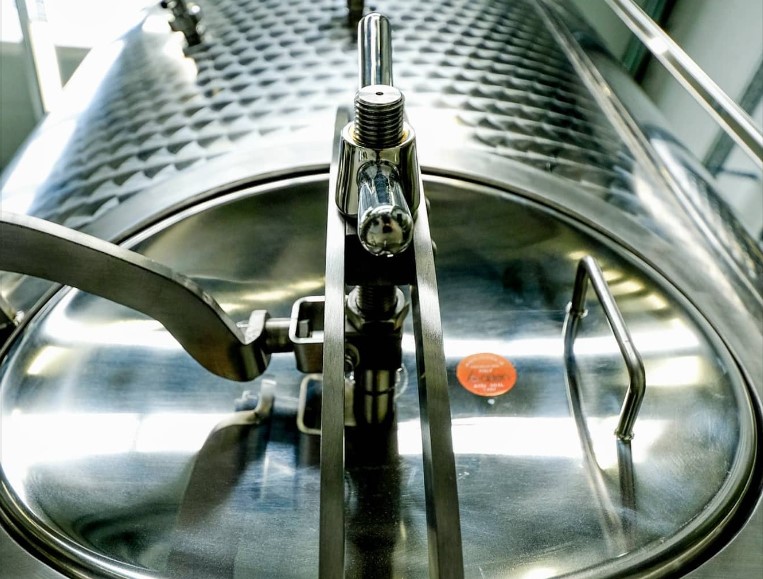The wine industry continues to thrive, presenting a dynamic market for enthusiasts and entrepreneurs alike. However, the journey from grape to glass is far from a straightforward transformation. Making wine involves a nuanced process, and while the prospect of crafting one’s own vintage is enticing, it’s imperative to comprehend the intricacies of fermentation before embarking on this vinicultural adventure.

Table of Contents
Decoding Fermentation: The Heart of Winemaking
At the core of winemaking lies fermentation, a pivotal stage where grape juice undergoes a transformative alchemical process, evolving into the cherished elixir we know as wine. The duration of fermentation varies, ranging from mere days to several weeks, with each wine type boasting its unique fermentation journey. It is during this phase that yeast, the unsung hero of microbiology, plays a crucial role in converting grape sugars into the coveted nectar of celebration.
Carbonic Maceration: Unveiling the Whole Cluster Fermentation
Within the vast realm of fermentation, a fascinating technique known as carbonic maceration takes center stage. Often referred to as whole cluster fermentation, this method introduces an alternative approach. Unlike traditional fermentation, carbonic maceration utilizes the entire grape during the process.
Intriguingly, this method eschews the addition of external yeast, relying on the natural enzymes present in the grape. In an environment saturated with carbon dioxide and devoid of oxygen, these enzymes work their magic, seamlessly transforming sugars into alcohol. The careful selection of wine tanks becomes paramount, ensuring the success of fermentation, regardless of the chosen winemaking path.
Wine Tanks: Guardians of the Fermentation Realm
Wine tanks play a pivotal role in the winemaking process, serving as custodians of crucial factors like yeast growth, oxygen regulation, and the extended aging of wine. The diversity in tank types goes beyond mere containers; different tanks contribute distinct qualities to the wine, influencing its texture and taste. These vessels are versatile, serving multiple functions such as clarification and the removal of tannins, proteins, and other solids. The choice of material for wine tanks holds paramount significance, with stainless steel, concrete, and oak emerging as the top contenders.
Stainless Steel: The Cool Connoisseur’s Choice
Inox wine tanks have secured their place as a preferred option for fermentation. Their design ensures a sealed environment when not in use, preventing unwanted exposure to oxygen. The introduction of inert gas further safeguards the wine from oxidation. One noteworthy characteristic is the neutrality of stainless steel – it imparts no distinct flavors onto the wine. This quality makes it an ideal choice for those wines that require a controlled, cold fermentation process, as stainless steel tanks boast exceptional chilling capabilities. Choosing stainless steel aligns with a commitment to preserving the purity of the wine’s essence during its transformative journey.
Posts from the same category:
- Factors to Check Before You Look for a Front Doors Manufacturer
- How To Create The Look You want With French Style Furniture
- Trusted Experts for all your HVAC Needs in Monroe Michigan
- California-Specific Water Saving Washers
- Quick Guide for Choosing Your Planter Pots
- Popular Kitchen Layouts You’ll Love to Try





